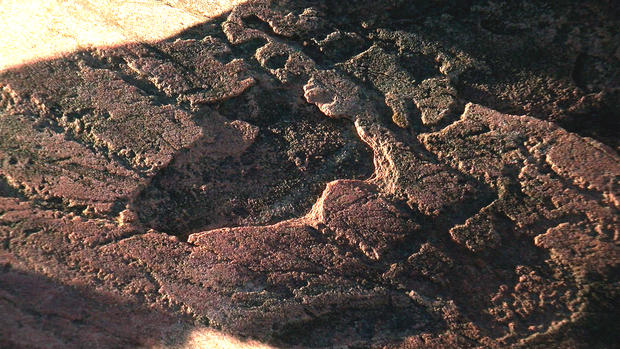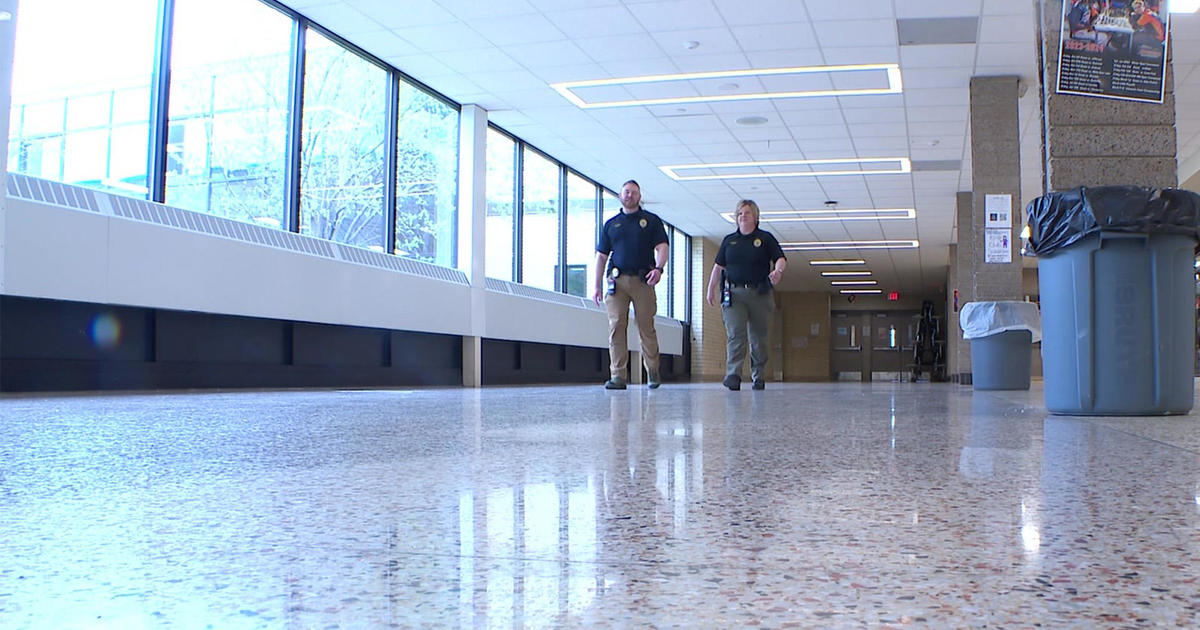Jeffers Petroglyphs: A 'Living, Sacred Site' With Native Carvings Thousands Of Years Old
COMFREY, Minn. (WCCO) -- A couple hours southwest of the Twin Cities is a living, sacred site with Native American carvings dating back thousands of years.
In this week's Finding Minnesota, John Lauritsen takes us to Cottonwood County for the spiritual story behind the Jeffers Petroglyphs.
As you travel through southern Minnesota, both the landscape and the wildlife seem to evolve.
Five-foot long fox snakes emerge after a long, winter slumber. They are unique but they are not the reason why people from around the world come here.
"This is usually my favorite to share because it just gives people the chills most times when they witness it," said David Briese.
In this part of prairie country you'll find an oasis of history. There are more than 8,000 Native American carvings on this piece of Sioux quartzite rock, some of them 10,000 years old, or more.
"I would say this is the first concerted effort to record knowledge in North America," said Briese.
Briese is the site manager for the Jeffers Petroglyphs. "Petro" means rock. "Glyph" means carving. But the word petroglyph doesn't do justice to what this actually is. There are bison, turtles and thunderbirds.
Each tells their own story. Some of the carvings are prayers. And some are still a mystery.
"Where you're standing, this aligns to the summer solstice sunrise and then also the winter solstice sunset. And you can see the carvings that were made," said Briese.
It is believed that tribes from across the continent may have made a pilgrimage here. The carvings were rediscovered in the 1800s, and in 1966 the historical society bought the land to preserve it.
"You get that low-angle light and all of the sudden they pop," said Chuck Broste.
Broste is an archaeologist and tour guide at the petroglyphs. Since the best times to the see the images are dawn and dusk, during the day he uses a mirror and board to see and study. He's found a carving resembling a Clovis spear point, a weapon that was used to hunt woolly mammoths.
"If someone who hunted elephants with one of those tools came here and carved that, then that's like the first thing anybody ever did in the state of Minnesota," said Broste.
Broste said the carvings, many of which are only a millimeter deep, show that even thousands of years ago there were astronomers, philosophers, map-makers and biologists. Knowledge was key, but family and spirituality were paramount.
"They are teaching tools. And it's like an encyclopedia of Native culture," said Broste. "It changes from a place with just doodles and pictures of stuff to what's almost akin to like a library."
Even as centuries have passed, new images have surfaced. And this group won't rest until the entire story is told.
"It teaches us such a different story about the Native past," said Broste. "It's not only an ancient site, it's a living, sacred site. People can still come here and still use it and still interact with the images."




